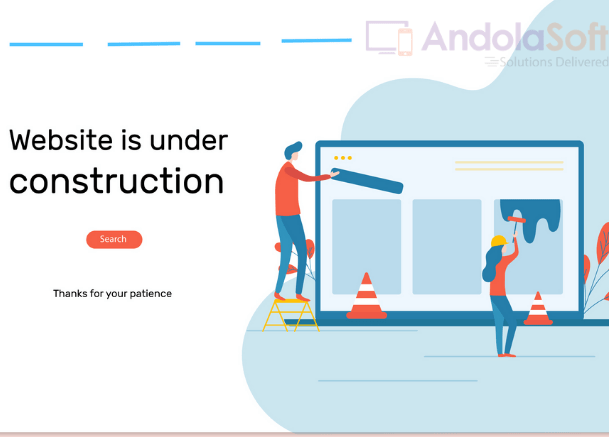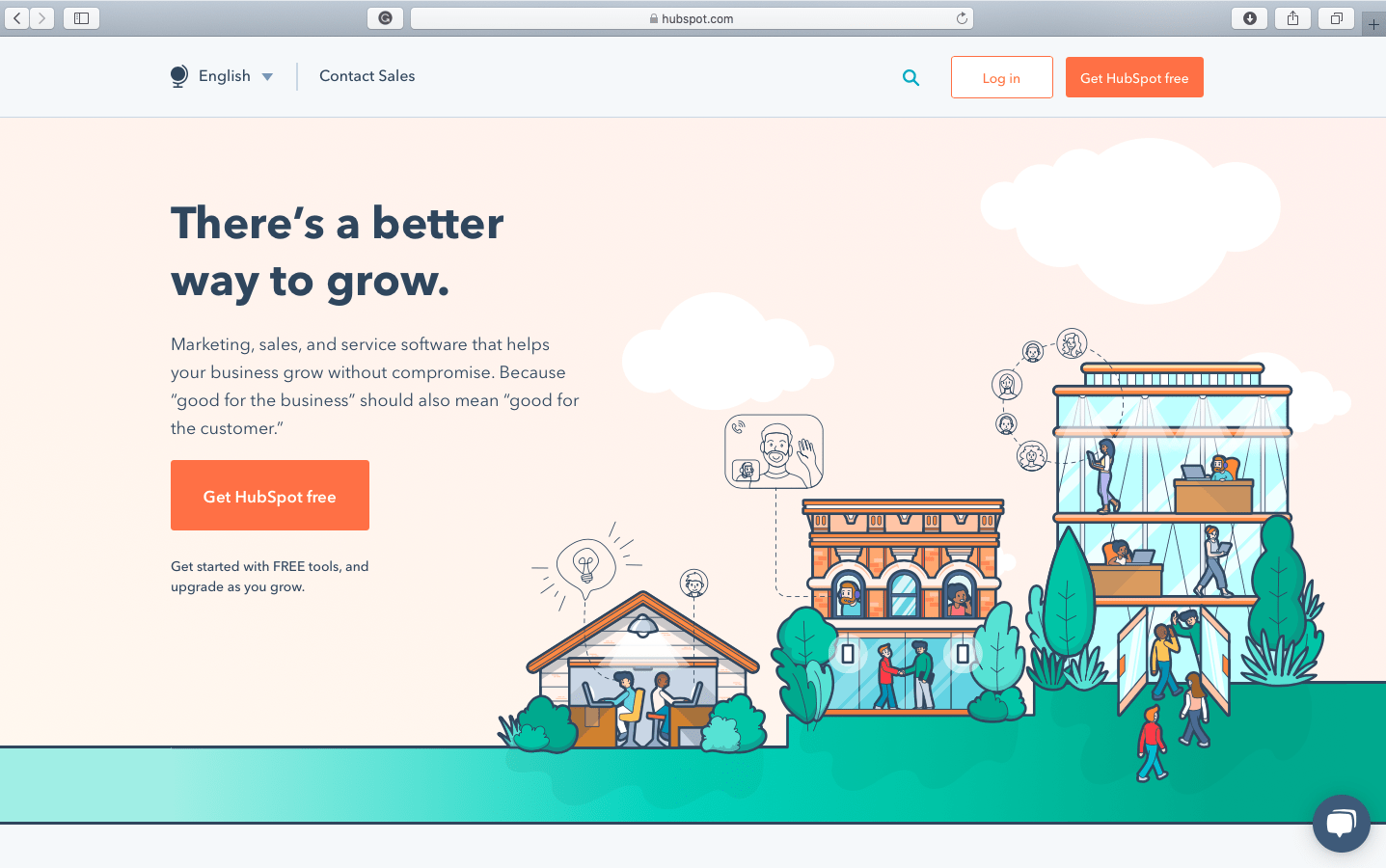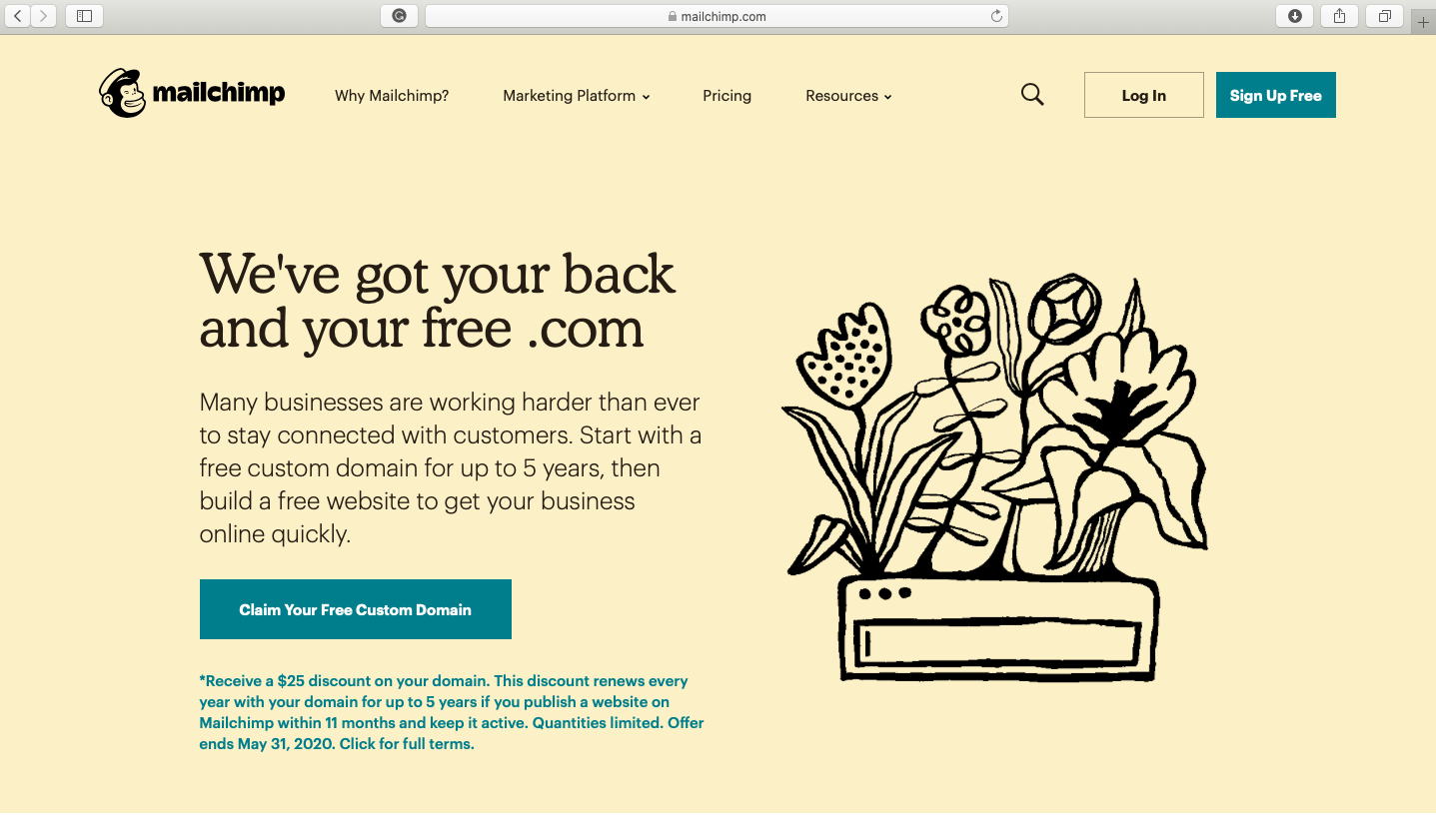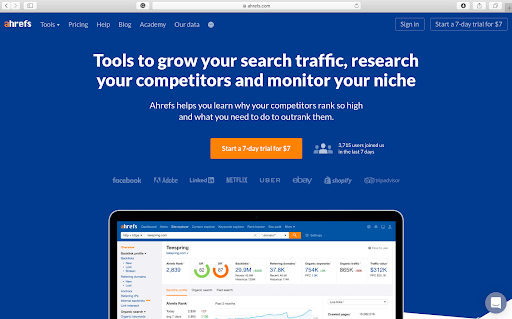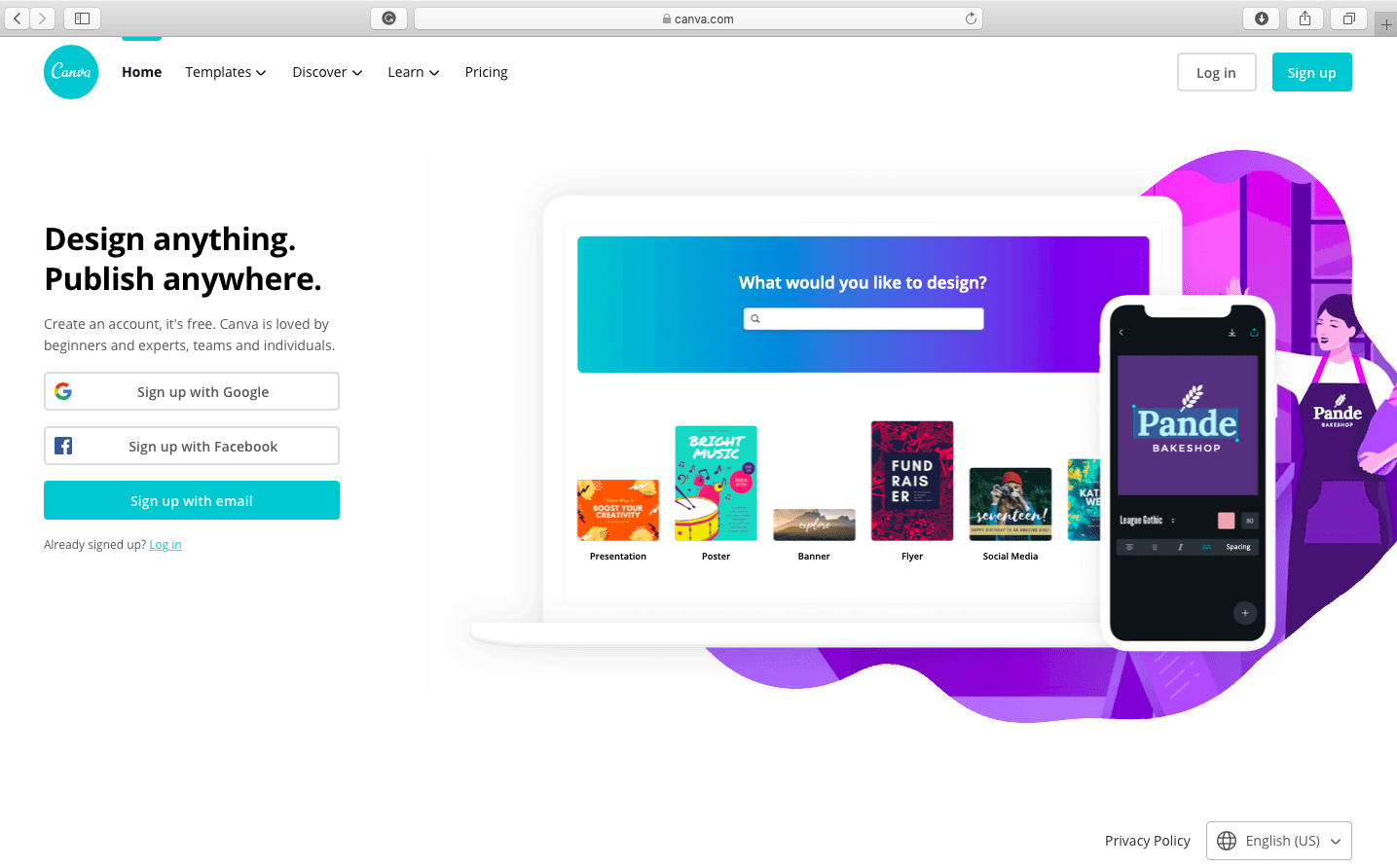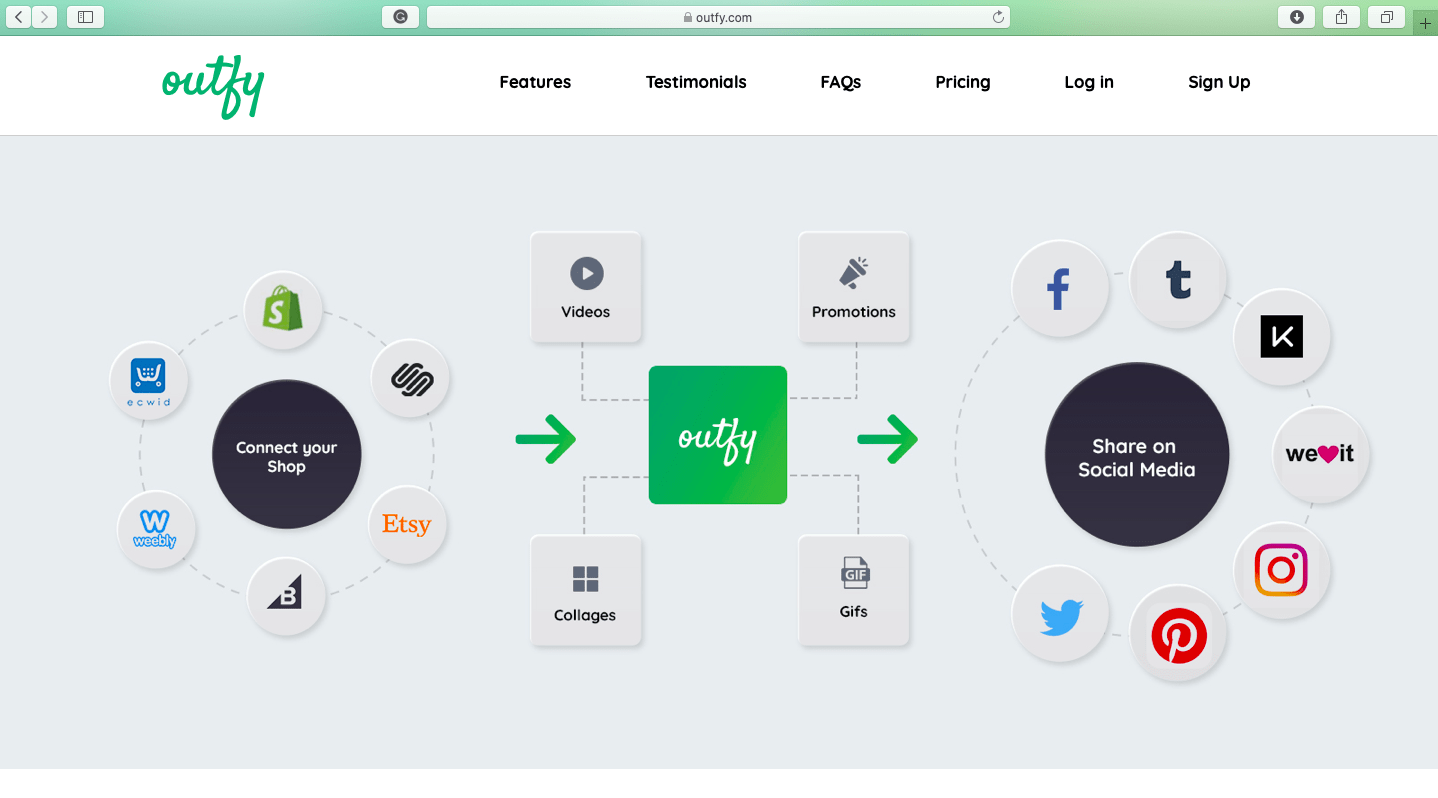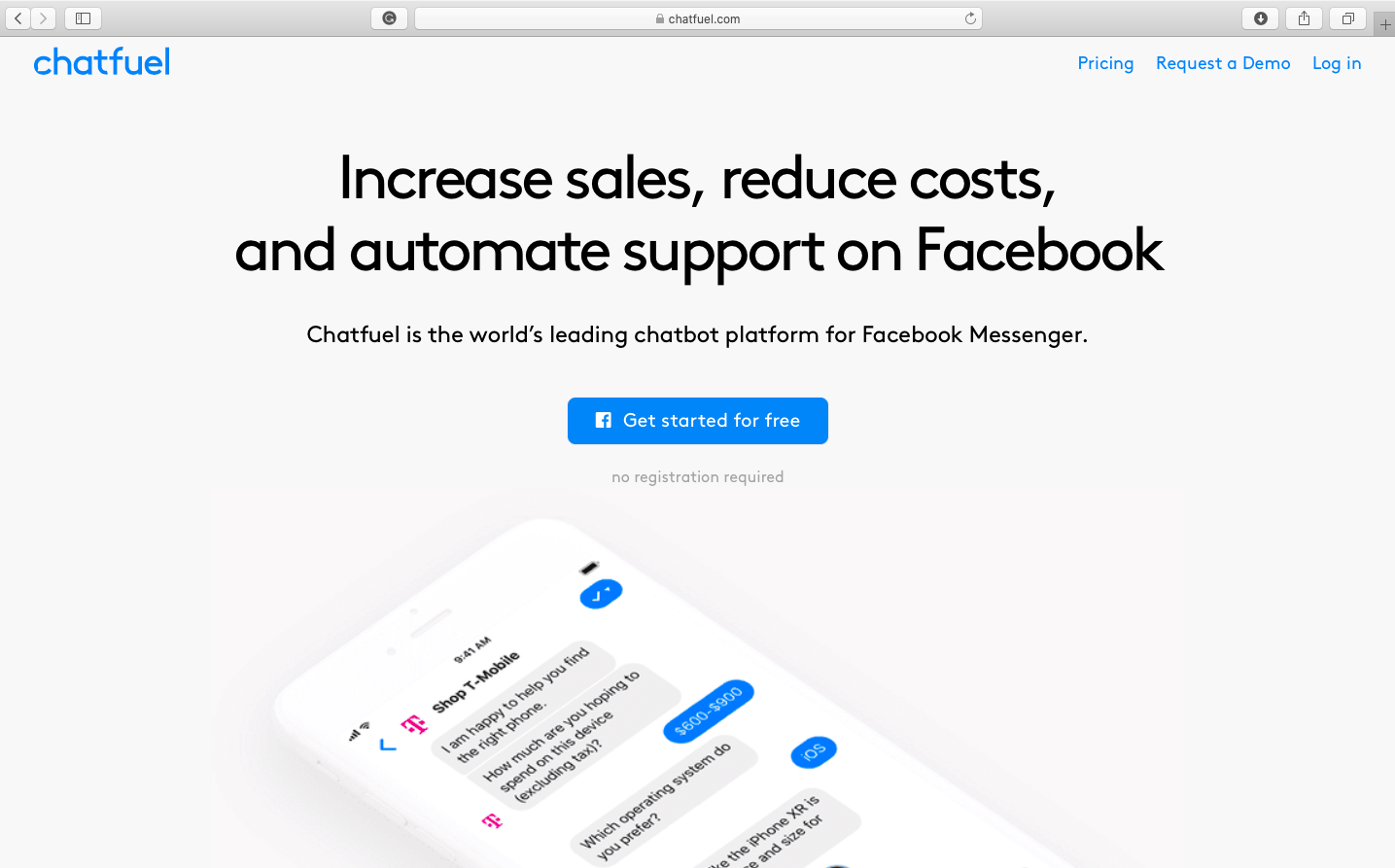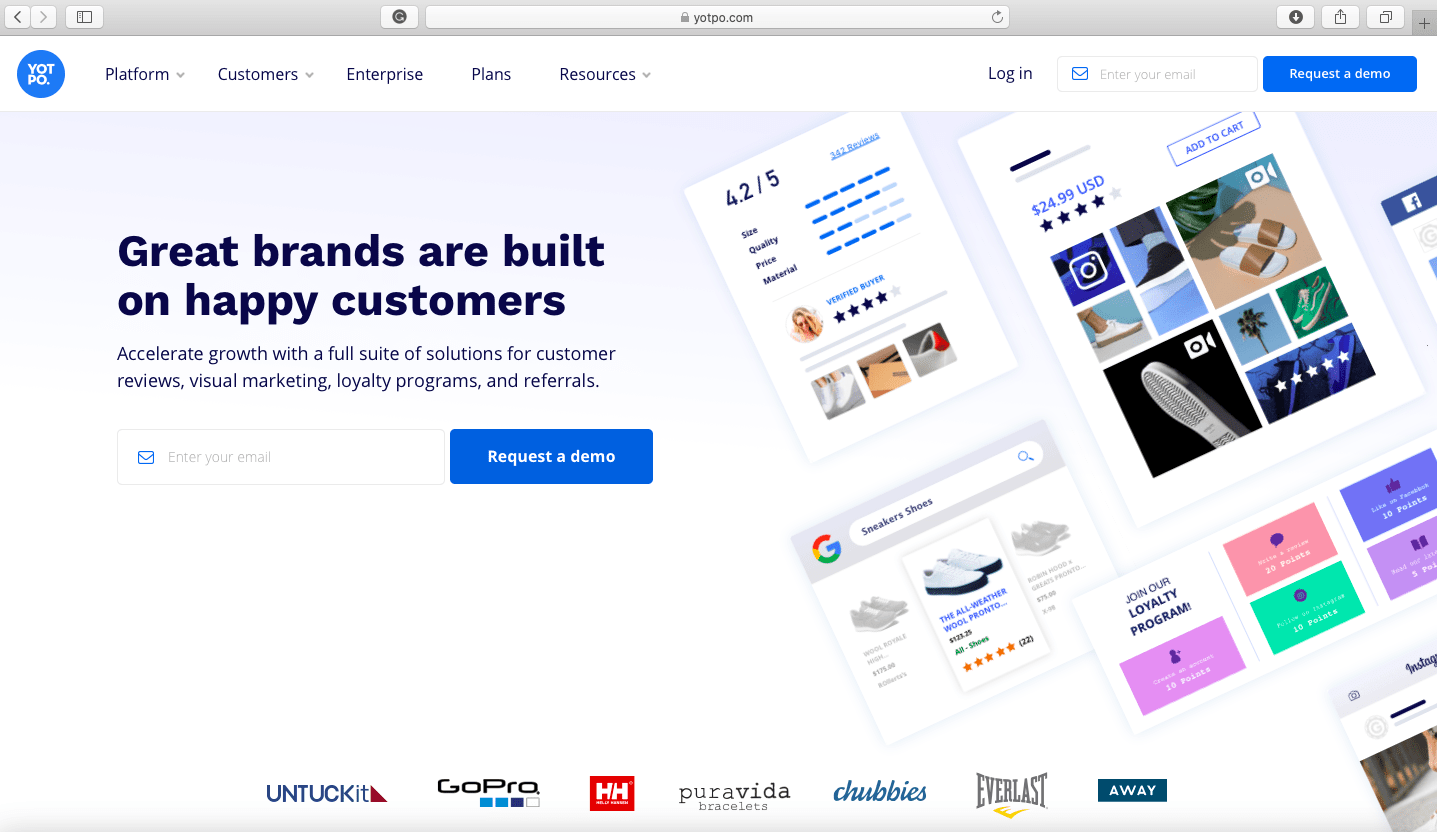Mobile applications are a growing industry with significant competition: more and more processes from different walks of life are being transferred to smartphones as applications. The niches in which the applications work is diverse: games, health, office programs, e-commerce, etc.
Building mobile applications must be a priority for many organizations, but it is often difficult to choose a better development method because the lines between the various options available are becoming increasingly blurred.
So, before choosing any development method for developing mobile applications, e.g. Web vs. mobile vs Hybrid, we will give an idea of the three options mentioned by professionals and the cons for each.
Depending on the project’s business goals and objectives, we decide which development method we should choose. Also, this article will discuss more deeply about the development of mobile applications and their benefits.
What is the Importance of Developing Mobile Applications?
When developing applications for certain mobile platforms or operating systems, it is known as mobile application development.
They provide optimized performance for customers and have the latest technological advantages such as GPS compared to web applications. There is a special application store for mobile applications where users can access this application.
The leading mobile app stores – App Store and Google Play offer a huge amount of software that solves the tasks of users. However, there is still room for innovation in the market.
Now it is important that all companies have mobile software today. Therefore, it is important to know the advantages of using mobile applications compared to web or hybrid applications.
The Popularity of eCommerce Mobile Apps
Is it mandatory for an online store to have its own mobile application? Will the investment justify itself? And what will be the return?
- Mobile users spend 88% of their time in applications, and surfing the Internet takes up only 12%.
- 60% of smartphone owners in the US use their gadgets for online shopping, 67% of them do it weekly.
- 3 E-Commerce apps are installed on average on Americans’ smartphones and 33% of them are used weekly for online shopping.
- 82% of smartphone users prefer a mobile app to a site.
- +39 of the 50 major online stores have mobile apps.
Does the Online Store Need a Mobile App?
The experience of foreign partners shows that a mobile application is vital for E-Commerce projects. Such an application, in addition to a mobile site, is a win-win business strategy in the e-commerce segment. Consider why this is so.
What is Better for eCommerce: a Mobile site or a Mobile Application?
According to recent reports, 76% of Internet users in global go online with tablets and smartphones, and the share of mobile traffic continues to grow. To reach this audience, a site adapted for smartphones and tablets must be present at any online store.
However, to increase sales, increase customer loyalty to the brand, and attract new customers, you just cannot do without a mobile application. Let us see why the application solves these marketing problems better than a mobile site.
3 reasons why you should create a mobile application for your online store
- The online store app creates a loyal audience
- Application Usage Trends and Mobile E-Commerce Market – Growing
- A mobile application for an online store allows you to create an advanced marketing strategy
What to remember
The main metrics of the effectiveness of mobile applications is a place in the ranking of App Store and Google Play stores for key requests and the number of downloads.
However, it is also worth evaluating the audience’s loyalty to the mobile application or otherwise an indicator of user retention.
To do this, analyse the average number of active users per day – DAU (daily active users) and MAU (monthly active users), that is, the number of users who launched the application at least once a month. This will help you understand how often they use it.
Conclusion:
In closing, mobile applications look and feel great, and function well, which leads to a better user experience, customer satisfaction, and retention rates.
After all our deductions, we can conclude that the original application is easy to use, has an excellent UX / UI design and works very well, which makes the application provide an excellent user experience, customer satisfaction, and retention rates.
Before choosing an original application for development, the following factors must be considered, such as:
- Which major platform you want to build for – Android or iOS.
- If you want the best quality, user experience and user interaction.
- If you are looking for a high-performance commercial software product.
- The budget of your mobile phone as a mobile application is quite expensive.
As user demand increases from the mobile experience, it basically becomes important to adapt to their dynamic and ever-increasing demands.
In short, we recommend that you choose “mobile forms software” to develop mobile applications to stay competitive and provide high-quality products.
We advise you not to try to choose the application development that is affordable, but chooses the option that suits the market needs, gives you value, and helps you stand out in the market.

